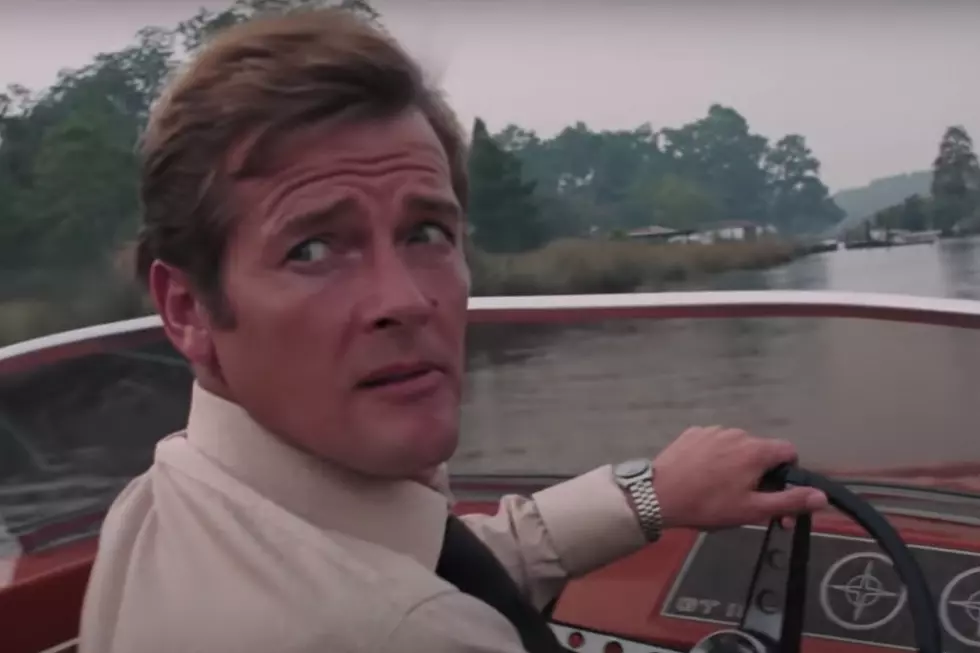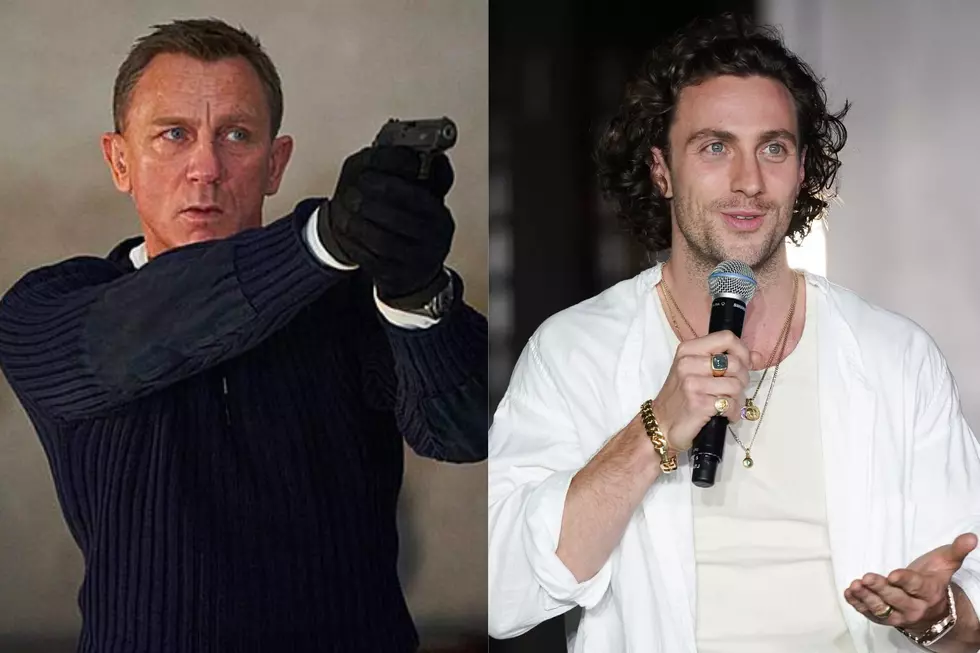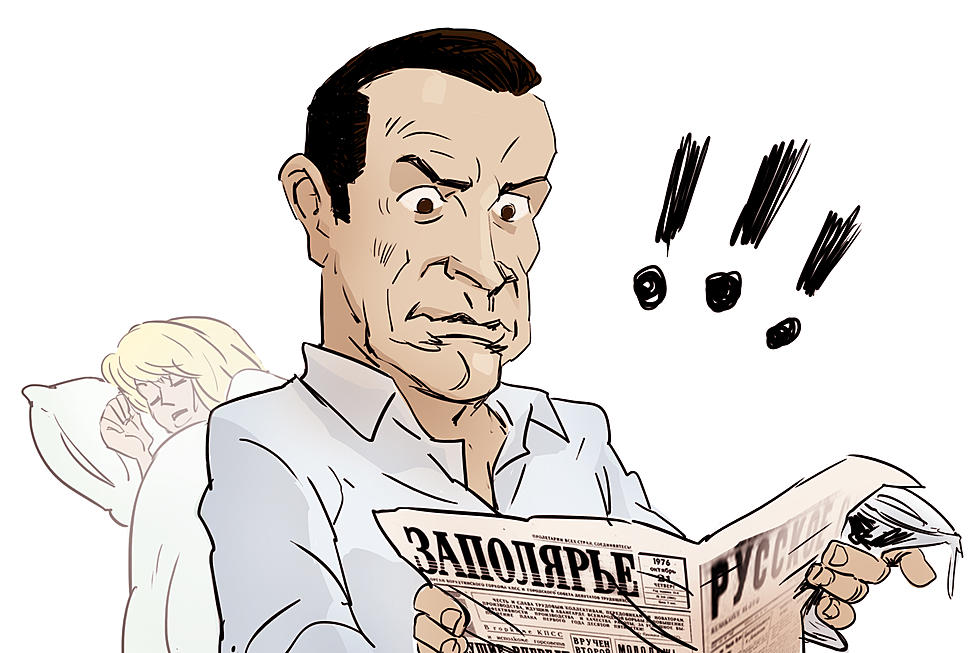
When James Bond Hit a Midlife Crisis in ’A View to a Kill’
The name may have been Bond, James Bond, but the messages was Old, Too Old, when Roger Moore appeared as 007 for the double-oh-seventh and last time in A View to a Kill on May 22, 1985.
The 14th Bond movie took its title from one of creator Ian Fleming’s short stories, but like several other times, the screenplay didn’t have anything else to do with the original story. While the movie featured strong moments and several impressive performances, it was clear the franchise was suffering a kind of midlife crisis after the straight-to-glory days of the past.
Moore’s previous outing, 1983’s Octopussy, was one of the best-received movies of the series, at least at the box office. That meant A View to a Kill arrived on a supporting bounce. But many reviewers felt that the star, who was now 57 and the oldest actor to play the role, had aged noticeably in the intervening two years. Moore himself was said to have decided it was time to go when he discovered he was older than love interest Tanya Roberts’ mom.
The story suffered from a midlife crisis too – something about computers being the future and the money men behind Silicon Valley holding the key to the future and techno-fear. It was rooted in fact, but that didn’t prevent it from being rather unconvincing. And while there were some great sequences – the opening ski chase was fun but pointless, the airship “murder button” that turns a stairway into a chute (talk about over-engineering), high-jinks on the Eiffel Tower and some horse-race gallivanting – it just didn’t feel strong enough for most viewers.
Watch ‘A View to a Kill’ Trailer
Now, what’s better than one arch-villain? Why, two, of course, and the teaming of Christopher Walken as Max Zorin and Grace Jones as May Day was certainly dynamic. Walken, as he said himself, didn’t need much help to be perceived as a psychopath. He became close friends with Moore, to the extent that they spent Christmas together at Moore’s Swiss home during filming. Despite that, the role of Zorin was written with David Bowie in mind, in another attempt to capture a more populist position. But Bowie declined, saying he “didn’t want to spend five months watching my stunt double fall off cliffs” and calling the script “workmanlike.” Sting, Mick Jagger and Rutger Hauer are also named as having been considered before Walken took the job.
Meanwhile, the world may very much have been ready for a madwoman in the form of May Day – but the people behind Bond weren’t quite there. They’d previously rejected the idea of Miss Moneypenny being promoted to M, believing that Bond wouldn’t take orders from a woman. The moment when May Day decides to support 007 and turn on Zorin, principally because Zorin has spurned her, is cited by many as the switch-off moment, and it certainly weakened the proposition of her character.
“The James Bond producers had really wanted me to be in a Bond movie, because in the 1980s, with the franchise threatened by changing times, they were chasing fashion and looking to reach a wider audience by involving more pop and rock,” Jones wrote in her 2015 book I’ll Never Write My Memoirs. “They had wanted me to be in Octopussy, in the title role … but there was some anxiety about having a black woman as a villain. A Bond movie is, for all the appearance of sex and violent, a fundamentally very conservative franchise.”
Moore said he struggled to establish a relationship with Jones, though she said she enjoyed working with him and was cold to him only to stay in character. (She also gave then-boyfriend Dolph Lundgren his first movie role; he was cast as a security guard the day he accompanied her to a film set.)
If a “conservative” attitude to women helped weaken the offering, so too did the very ‘60s pairing of Moore and Patrick Macnee, who played establishment figure Sir Godfrey Tibbett. They’d both been stars of ‘60s British spy shows that shared key traits with Bond – The Saint and The Avengers, respectively – with the result that the duo’s warm, bumbling, everything-stops-for-tea scenes seemed too, well, before the ‘80s ... even though it was fun.
Nevertheless, A View to a Kill took advantage of the Octopussy bounce and became a financial success, even if it still appears at the bottom of most fans’ favorites list. In another mix-and-match hit-and-miss moment, it was also helped by the fact it had one of the best-ever Bond theme tunes, by pop darlings of the moment Duran Duran. It allegedly came about when bassist John Taylor met producer Cubby Broccoli at a party and demanded to know when he was going to “get someone decent” to record a track. Duran Duran were chosen over Elton John, who might have been a hip option if his submission, “Shoot Down the Moon,” didn't feel so much like a classic Bond theme.
Watch Duran Duran's ‘A View to a Kill’ Video
Listen to Elton John's ‘Shoot Down the Moon’
Despite its weak moments, A View to a Kill wasn’t a terrible movie, but in the end it was doubtful, timid and relied on the audience to stand up for it - none of which is a trait of the Bond character. Moore had his own reservations, saying he’d been “horrified” by some parts of the final cut, particularly “whole slews of sequences where Christopher Walken was machine-gunning hundreds of people.”
"I said that wasn't Bond, those weren't Bond films," he noted. "It stopped being what they were all about. You didn't dwell on the blood and the brains spewing all over the place.”
Still, like many franchises that outlive the era they were born in, there was no option but to go through such a midlife crisis. Bond returned, but Moore didn’t – and neither did Lois Maxwell as Miss Moneypenny – and everyone relearned a lesson that they’d later forget, and more than once: When you’re working on a franchise, the core values can be reconsidered and re-positioned, but they can never, ever be abandoned.
James Bond Movies Ranked
More From Ultimate Classic Rock









